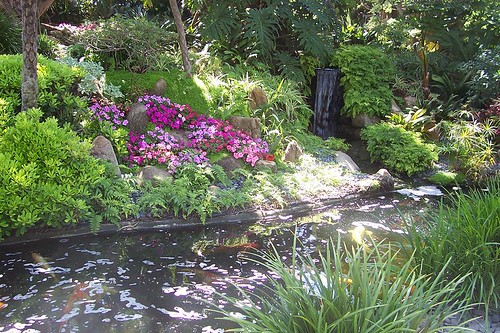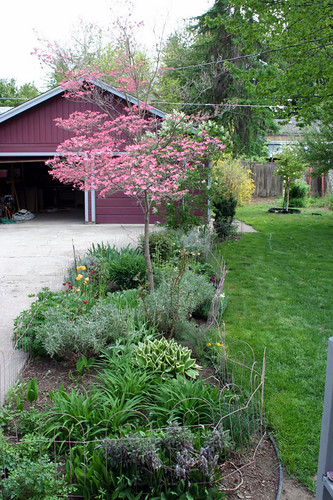
This is the third post in a three part series on creating a meditation garden. You can see the first post about creating a meditation garden here, where I discussed some questions you need to answer first before you start building a meditation garden. In the second post on meditation gardens, I talked about creating a green meditation garden by using hosta lily plants.  In this post, I will discuss some other meditation garden ideas.
To add to the green meditation garden, consider interspersing the garden with ferns. There are numerous ferns for sites like you describe. Fern leaves flow so nicely in the breeze and some stay green in the winter when the hostas die back. Taller varieties would look lovely. A fern and hosta website is here.
If a monochromatic garden with just green does not appeal, consider planting a Japanese maple. But be sure to get the ones that do not grow too tall. Japanese maples give 3 seasons of color. Some turn a different shade in the fall.  See here.
Another tree that would look lovely if you have the space is the dogwood. But I would not consider the native dogwood, as much as TheGardenLady loves it, because it might not be hardy enough. I suggest the Korean dogwood, Cornus kousa. See here. I have only seen a white flower on it. But it has one of the most interesting fruits which makes it of interest for two seasons.
Continue reading “Creating a Meditation Garden – Part III – Adding Color”

